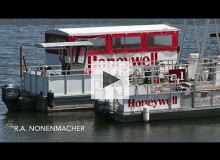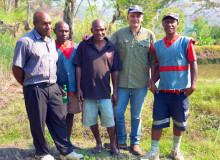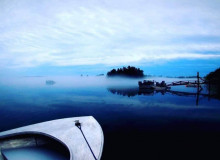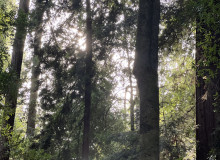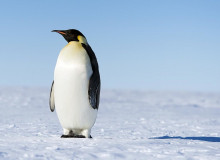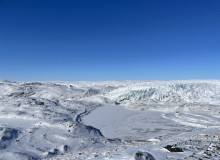Latest
SUNY Environmental Science and Forestry
Has Onondaga Lake, formerly the most polluted lake in the nation, really been cleaned up?
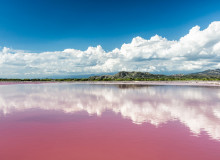
A place that holds many memories: The Salinas Pink Salt Lagoon. (fazeful/Istock license)
The Greenzine
Revisiting of place from my childhood, Salinas Beach. Now, I worry for the ecological health of these beautiful landscapes.
Planet Forward Correspondent | Middlebury College
In this audio story, University of New South Wales Professor Jesmond Sammut explains the transformative power of his aquaculture and fish farming research in Papua New Guinea.
George Washington University
How will rising marine temperatures in the Gulf of Maine affect lobstering, my community's culture, and my state's economy?
Planet Forward Sr. Correspondent | University of Arizona
In this podcast, I chat with Jose Soto, Ph.D. about his work in Ecoclimate Teleconnections and the importance of communicating complex scientific ideas to a wider audience.
Medill News Service
Antarctica took center stage recently, as emperor penguins were designated a threatened species by the U.S. Fish and Wildlife Service and New Zealand Prime Minister Jacinda Ardern visited the continent.
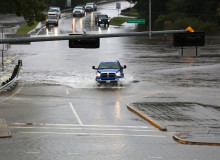
A pick-up truck drives through a flooded intersection during the aftermath of Hurricane Harvey. (Jill Carlson/Attribution 2.0 Generic)
The George Washington University
I used to celebrate flash floods as signals of sleeping in and days off from school. Now, I fear the next Hurricane Harvey.
Planet Forward Correspondent | Texas Tech University
How one West Texas family created a sustainable and drought-tolerant crop maze to save a beloved fall tradition from drying out.
George Washington University
Robotic bees are being developed to study buzz pollination and help support the conservation of declining bee populations across the globe.
George Washington University
As the vast Greenland Ice Sheet melts, mining for heavy metals, withdrawals of sediment, and the use of Northern trade routes may expand.

